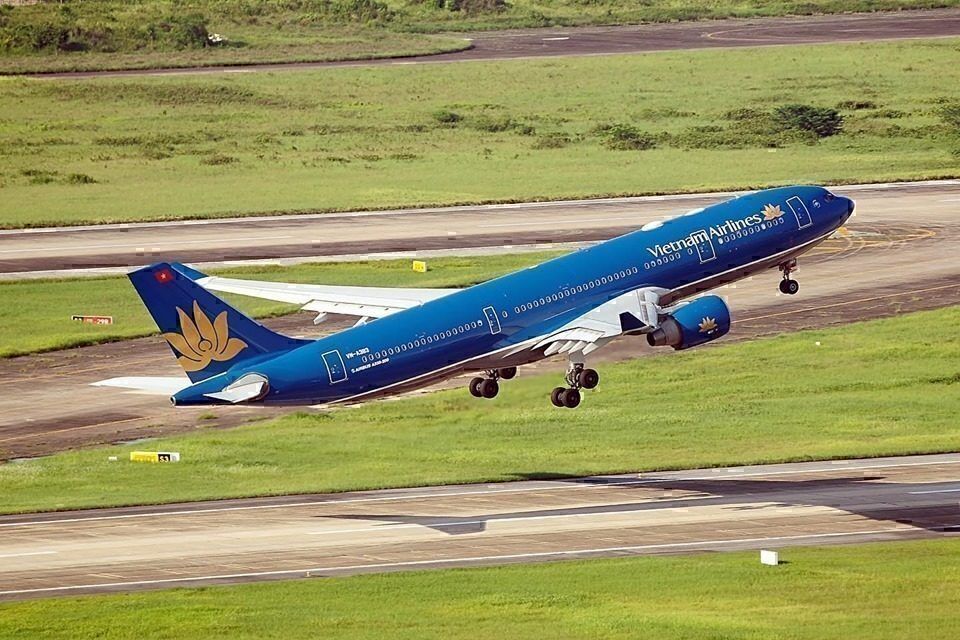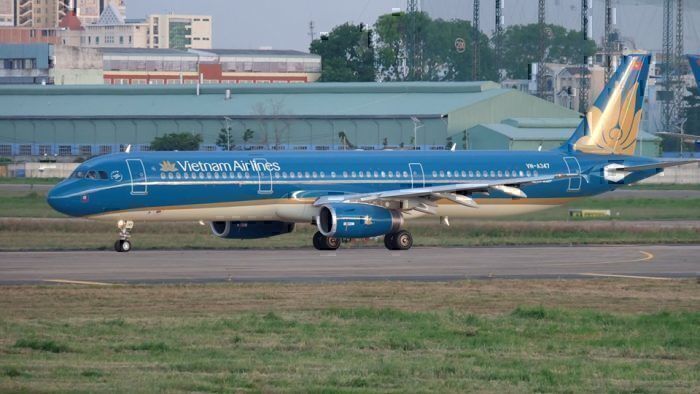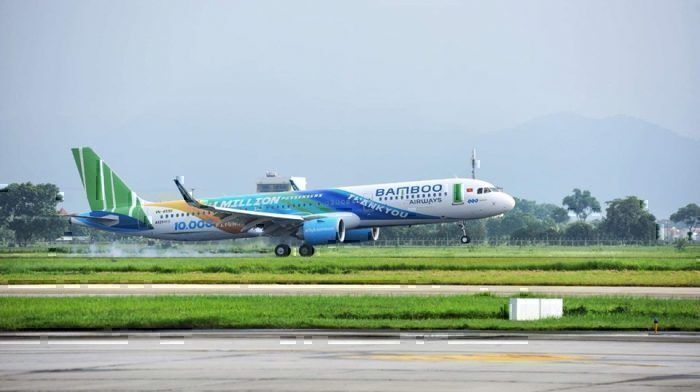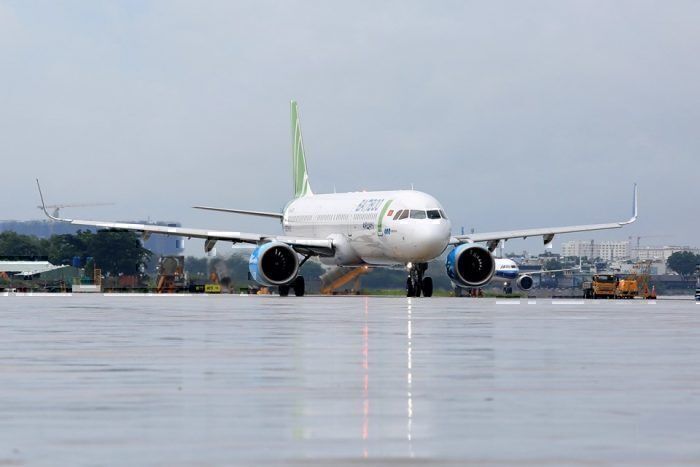Following the rapid growth we have seen in Vietnam's airline sector, the Southeast Asian country needs more flight inspectors if it wants to keep its category 1 FAA rating. The country's aviation regulator is looking to increase the number of flight inspectors in order to comply with the recommendations of the U.S. Federal Aviation Administration (FAA).
Vietnam’s aviation sector is undergoing a prolonged boom that is opening up the country to new tourism markets. However, it is also putting a strain on the airlines and airports of Vietnam.
Vietnam has two of the world’s fastest-growing airports
According to a report from the Airports Council International in their 2018 air traffic report, Hanoi and Ho Chi Minh City (Saigon) were two of the world’s fastest-growing airports. The report also predicted that Vietnam will be the fastest-growing destination for passengers between now and 2040.
To keep up with the growth and need for more inspectors’ newcomer Bamboo Airlines and three other possible start-ups Kite Air, Vinpearl Air, and Vietravel Airlines have added eight inspectors to help ensure flight safety.
The state aviation regulator, the Civil Aviation Authority of Vietnam (CAAV) has deployed 49 inspectors to oversee 256 aircraft at five airlines. Of these inspectors, only four of them are full-time employees.
The shortage of inspectors and the government's lack of proper funding has left the CAAV no choice but to outsource flight inspectors from Vietnamese airlines, something it says it wants to stop having to do by 2025.
If Vietnam wants to maintain its Category 1 safety rating, the FAA in the United States has told the CAAV that it must employ a satisfactory number of flight inspectors and stop outsourcing the work.
Vietnam received its Category 1 status in February
The FAA announced Vietnam as having achieved Category 1 status in a press release in February which read:
WASHINGTON – The U.S. Department of Transportation’s (DOT) Federal Aviation Administration (FAA) today announced that Vietnam complies with international safety standards and has been granted a Category 1 rating under the agency’s International Aviation Safety Assessment (IASA) program.
A Category 1 rating means Vietnam’s civil aviation authority meets the International Civil Aviation Organization (ICAO) standards for personnel licensing, operations, and airworthiness. With the Category 1 rating, Vietnamese air carriers that are able to secure the requisite FAA and DOT authority can establish service to the United States and carry the code of U.S. carriers.
Vietnam Airlines can now fly to the United States
Just last month government-owned Vietnam Airlines became the first Vietnamese owned airline to secure a foreign air carrier permit from the U.S. Department of Transportation.
Now with the permit in place Vietnam Airlines can launch flights to New York, Dallas-Fort Worth, Seattle, San Francisco and Los Angeles from Ho Chi Minh City and Hanoi.
Later this month the country’s flagship carrier expects to commence codeshare flights with Atlanta based Delta Airlines.
The airline's entry into the American market coincides with a fleet organizational restructure that will see them operating 20 Airbus A3231neos and two additional Boeing 787-10 aircraft by the end of 2019. Vietnam Airlines is also looking to secure funding for an additional 50 narrow-body jets between 2021 and 2025.
Vietnamese newcomer Bamboo Airways has big plans to fly its aircraft from Asia to the United States and Europe. Currently, Bamboo Airways operate a combination of scheduled flights and Charters to 26 destinations in Vietnam and Asia with a fleet of ten Airbus aircraft. The newcomer is awaiting its first of 20 Boeing 787-9s which is due to be delivered sometime this month. Bamboo plans to expand its fleet to 30 planes by early 2020 and to have a mixed fleet of 100 A321s and 787-9s by 2024.




